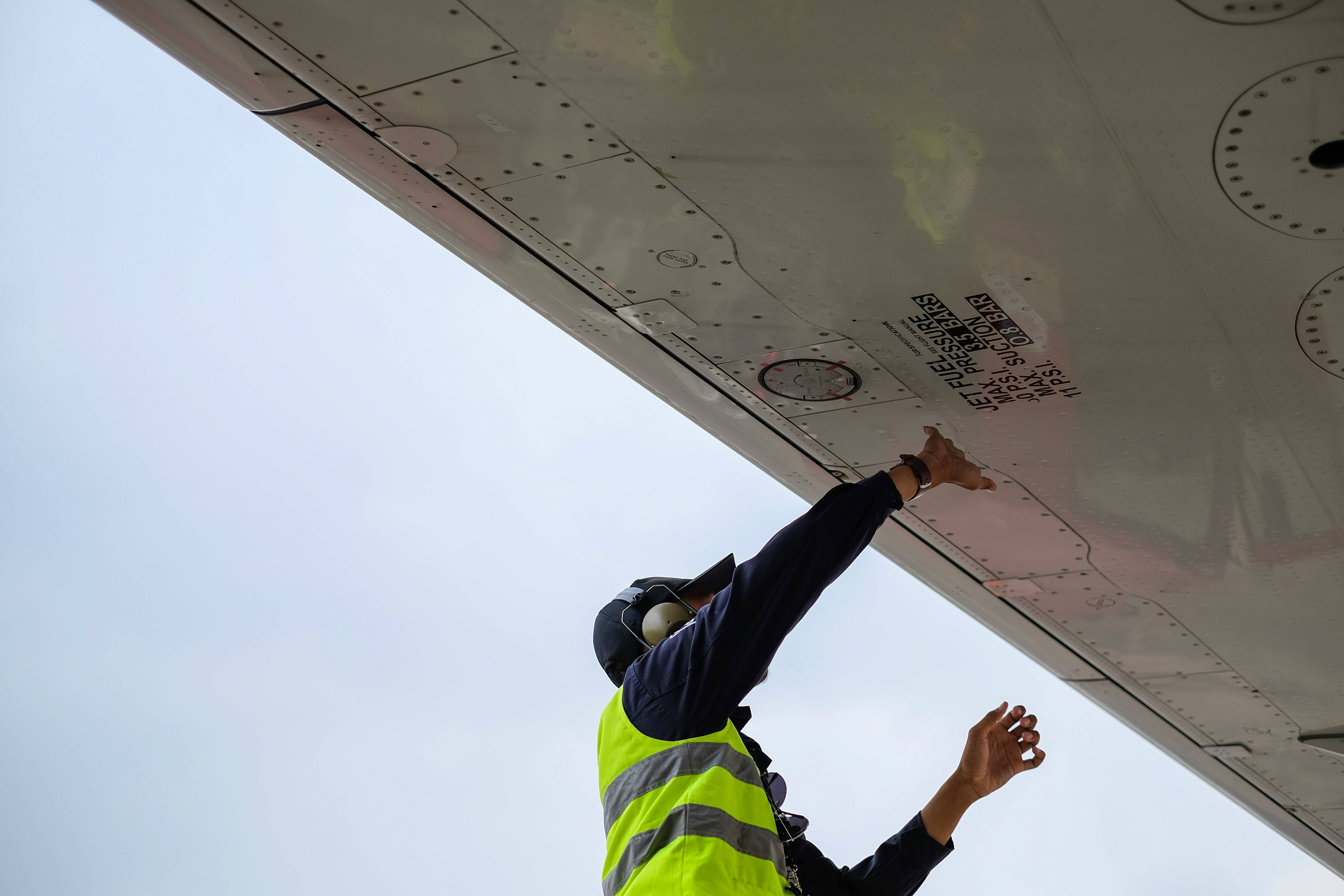Airline Safety: Less Incidents and a Brighter Future
Aviation Safety History
From my experience, air travel is one of the safest ways to get around these days. It's fascinating to think about how much progress has been made over the years. Back in the early days, flying was a risky venture, but now, thanks to technology and rigorous safety standards, it’s an incredibly safe way to travel. I remember reading about early incidents and thinking how far we’ve come. Today, advanced safety systems and highly trained crews make air travel safer than ever.
Advancements in Technology and Engineering
I've always been impressed by how much technology has improved aircraft safety. For example, systems like Terrain Awareness and Warning Systems (TAWS) have been game-changers. I remember a pilot explaining to me how TAWS alerts them if they're flying too close to terrain, which has almost eliminated the risk of accidents from controlled-flight-into-terrain situations. It's these kinds of innovations that really put passengers like me at ease.
Stringent Safety Regulations
I've noticed that the FAA and organizations like ICAO play crucial roles in setting safety standards. The stringent regulations they enforce cover everything from aircraft maintenance to crew training. Whenever I board a plane, knowing that there are comprehensive safety protocols in place gives me confidence. The introduction of Safety Management Systems (SMS) has been particularly noteworthy, ensuring that airlines have a systematic approach to managing safety risks.
VIDEO:Imagine being 16,000 feet in the air when a section of the plane's door suddenly blows out, leaving passengers in sheer terror. This is exactly what happened on Alaska Airlines flight 1282, and KCAL news reporter Lauren Posen brings you an in-depth report on this harrowing incident. From the immediate reactions of passengers to the swift actions of the pilot and the subsequent safety measures taken by Alaska Airlines and the FAA, this video covers it all. I found myself glued to the screen, feeling the tension and relief as the story unfolded. Don't miss out on this gripping account that highlights both the vulnerability and resilience of air travel. Watch the video to get the full story and see how everyone made it back safely.
Improved Pilot Training and Crew Resource Management
One thing that stands out to me is how much emphasis is placed on pilot training and Crew Resource Management (CRM). Airlines invest heavily in training programs that not only teach technical skills but also focus on decision-making and communication. I recall a flight where the crew handled a sudden change in weather conditions seamlessly, and it was clear that their training paid off. Programs like the Aviation Safety Action Program (ASAP) encourage pilots to report safety issues, which helps prevent incidents before they occur.
Enhanced Safety Culture and Reporting Systems
A strong safety culture is something I value as a frequent flyer. Airlines encourage open communication, allowing employees to report safety concerns without fear of retribution. Confidential systems like the Aviation Safety Reporting System (ASRS) enable this culture, and it's reassuring to know that potential issues are addressed proactively. I once spoke to a flight attendant who mentioned how seriously they take safety reports, and it's evident that this commitment makes a big difference.
Accident Record
Even with the best systems in place, accidents can happen. However, the industry learns from these events. For instance, the issues with the Boeing 737 MAX led to significant safety reviews and improvements in aircraft certification processes. It's a continuous effort to make flying safer, and the industry's response to past incidents shows a commitment to improvement.
Airline Safety Record - Best & Worst Airlines
Safest Airlines:
- Qantas Airways: I've always felt secure flying with Qantas, known for its outstanding safety record.
- Air New Zealand: Their safety reputation is excellent, and it's evident in their operations.
- Singapore Airlines: Consistently high safety standards make them a top choice for me.
- Emirates: Their robust safety protocols are well-known.
- Cathay Pacific Airways: A strong safety culture is clearly part of their operations.
Airlines with Safety Concerns:
- Air India: They’ve had some incidents, but I’ve noticed improvements in recent years.
- Pakistan International Airlines (PIA): Known for some safety issues, but efforts are being made to improve.
- China Eastern Airlines: Some recent incidents have raised concerns.
- Lion Air: Notable for two major accidents, which has affected their safety perception.
- Avianca: A mixed safety record, but they are working on improvements.
Overall, flying is incredibly safe, and it's comforting to know that the industry is always striving to improve. The dedication to safety from airlines and regulatory bodies is something I greatly appreciate as a frequent traveler.
FAQ: Airline Safety
Find more help here for your journey through the airport




